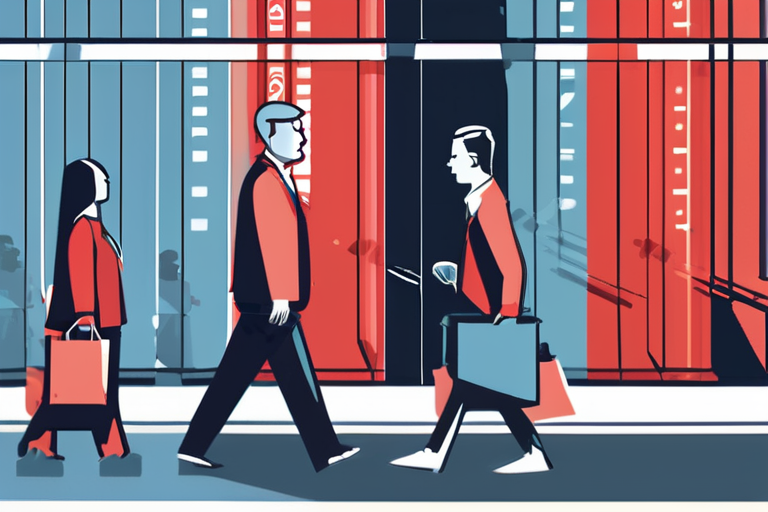Market Polarization Drives Shift Towards "Left" and "Right" Coded Products


Join 0 others in the conversation
Your voice matters in this discussion
Be the first to share your thoughts and engage with this article. Your perspective matters!
Discover articles from our community

 Hoppi
Hoppi

 Hoppi
Hoppi

 Hoppi
Hoppi

 Hoppi
Hoppi

 Hoppi
Hoppi

 Hoppi
Hoppi

A Week Later with Google Pixel 10 Pro: These Upgrades Convince Me to Leave Samsung SAN FRANCISCO, CA - After …

Hoppi

Otter.ai CEO Pushes Company Beyond Meeting Notes with New Enterprise-Focused Tools In a move to expand its offerings beyond meeting …

Hoppi

The Secret Life of Octopuses: Unveiling the Mysteries of Locomotion In the depths of the ocean, a master of disguise …

Hoppi

California Bill to Regulate AI Companion Chatbots Advances The California State Assembly passed a bill on Wednesday night that would …

Hoppi

Timothée Chalamet Unveils Enigmatic Marty Supreme Promo, Sparking Bafflement and Fascination Los Angeles, CA - On Tuesday, Timothée Chalamet took …

Hoppi

Cat Stevens Postpones Book Tour Over Visa Issues Singer-songwriter Yusuf (formerly Cat Stevens) has postponed his North American book tour …

Hoppi